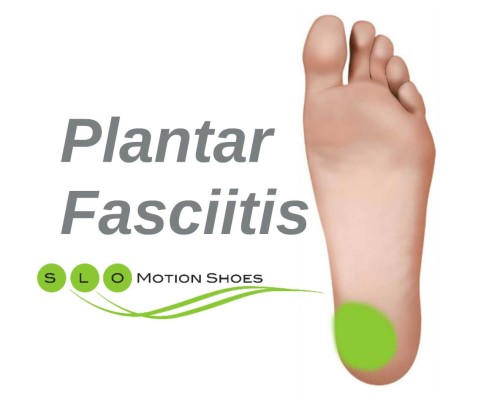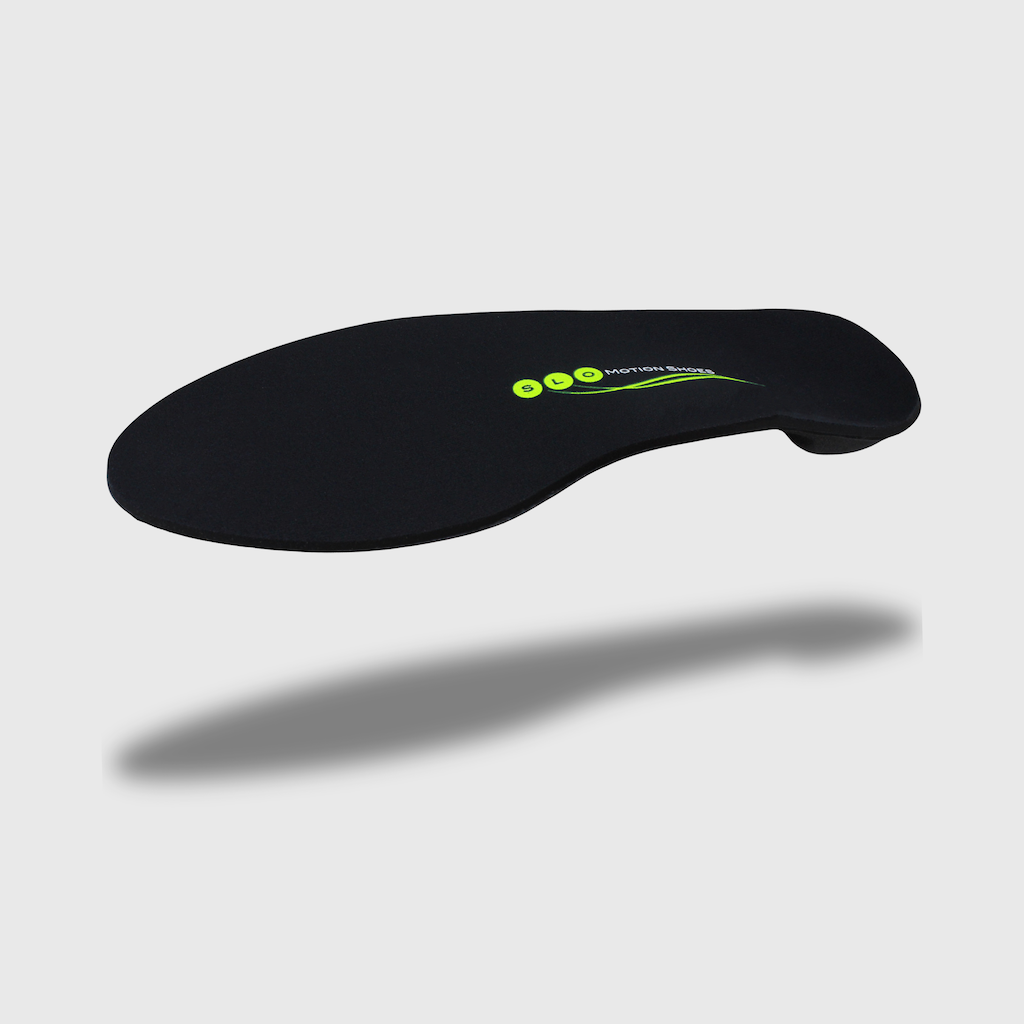The plantar fascia is a tough, flat band of tissue located right underneath the skin on the bottom of your foot. It connects the heel bone to your toes and supports the arch of your foot. Plantar fasciitis (fash-ee-EYE-tus) refers to inflammation and pain of the plantar fascia.

Symptoms
Pain on the bottom of the foot near the heel
Typically starts gradually with mild pain at the heel bone
Pain may be described as “stabbing”
Pain occurs after a period of rest, such as when first getting out of bed in the morning or after a period of sitting
Greater pain after, rather than during, exercise or activity
Causes
Anything that causes repetitive stretching or straining of the plantar fascia
Excessive foot pronation (rolling inward)
Faulty foot mechanics due to high arch or flat foot
Non supportive shoes
Obesity
New or increased activity
Repetitive impact activity, such as running
Tight calf muscles
Long periods of standing or walking on hard surfaces
Treatment
Treatment focus is on relieving pain and inflammation, stabilizing foot pronation and promoting healing. Conservative treatments are effective for most people within several months.
Over the counter pain medication, such as ibuprofen (Advil, Motrin) or naproxen (Aleve), as needed
Rest
Ice to affected area
Avoid walking barefoot or with slippers or sandals
Physical therapy / Calf and plantar fascia stretching program
Supportive shoes and orthotics
Night splints
Cortisone injection
Plantar fasciitis is the most common cause of adult heel pain. It accounts for 10% of all foot and ankle healthcare visits to lower extremity healthcare specialists
The plantar fascia is a broad based ligament that originates from the bottom of the heel bone and fans out attaching to the base of the toes. Excessive mechanical stresses on the ligament can cause injury to the ligament at the level of attachment to the heel bone.
The “itis” in plantar fascitis denotes inflammation of this ligament as it attaches to the heel bone. Pain associated with this inflammation is noted typically to the bottom aspect the heel bone. Pain is typically worse with initial rising from a sitting position such as getting out of bed in the morning or pain noted after arising from a prolonged sitting period. X-rays are rarely indicated in the diagnosis of this condition.
The cause of plantar fasciitis has much more to do with inherited foot mechanics and abnormal stress placed on the plantar fascia. Abnormal foot pronation which can cause increase stress to the plantar fascia appears to be one of the main reasons for developing this injury. Other contributing factors including non supportive shoe gear, poor conditioning while returning too quickly to athletic activity and excessive body weight have an influence in its development.
The combination of decreasing the stress on the plantar fascia with a supportive shoe and orthotic as well as the use of anti-inflammatory medications including the potential use for cortisone injections are critical mainstays of treatment. Absolutely no barefoot, slippers or sandals should be used during this period of time. Secondary treatments including custom foot orthotics, physical therapy, walking casts and in rare incidence surgical care may be required to achieve full relief of pain. Short term low impact activity for exercise including bike, elliptical trainer and swimming will augment the recovery effort.
Throwing the “kitchen sink” at this condition with a comprehensive care plan generally allows a quicker return to pain free activity.
Plantar Fasciitis Discussion Board
Select a View
Click on the view that most represents the area of discomfort that you are experiencing. Drag your cursor over your area of concern to obtain a brief description of the potential condition.
Suggested Product
-

Plantar Fasciitis Orthotic
$60.00Provides additional supportive post which aids in the control of foot motion.Select options







